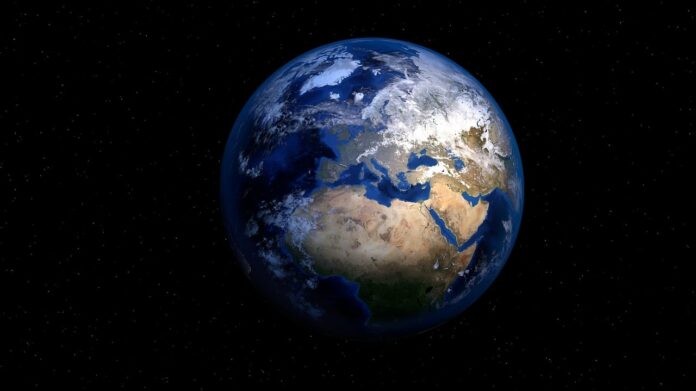The history of Earth’s biodiversity is punctuated by mass extinctions. They are marked by significant decreases in taxon richness, although the associated ecological collapse has rarely been measured. As the biggest known extinction, the Permian-Triassic mass extinction (PTME; 252 mya) permanently disrupted marine ecosystems and set the way for the transition from Paleozoic to Mesozoic evolutionary faunas.
Researchers have gained insight into the modern biodiversity crisis due to the Permian-Triassic mass extinction. Given that the rate of species loss today exceeds that during the event known as the “Great Dying,” researchers have learned disturbing things about the current biodiversity crisis by examining the stability and collapse of marine ecosystems during the Permian-Triassic mass extinction.
While scientists largely agree on the reasons, the specific mechanism by which this mass extinction occurred—and the subsequent ecological collapse—remains a mystery.
The international study team composed of researchers from the University of Bristol, the California Academy of Sciences, and the China University of Geosciences (Wuhan) analyzed marine ecosystems before, during, and after the Great Dying to better understand the chain of events that led to ecological destabilization.
They analyzed fossils from South China, a shallow sea during the Permian-Triassic transition, to reproduce the old marine environment.
The team was able to analyze prey-predator interactions and establish the tasks ancient species performed by classifying species or groupings of species that exploit resources in similar ways. These synthetic food webs convincingly represented the ecology before, during, and after the extinction event.
Bristol’s Prof Michael Benton from the University of Bristol said, “The fossil sites in China are perfect for this kind of study because we need abundant fossils to reconstruct food webs. In addition, the rock sequences can be dated extremely precisely, allowing us to trace through the crisis when life in the seas was destroyed by heat shock, ocean acidification, and loss of oxygen from the seafloor, and then through the phases of life recovery.”
Academy Curator of Geology Peter Roopnarine said, “The Permian-Triassic extinction serves as a model for studying biodiversity loss on our planet today.”
In their work, they discovered that species loss and ecological collapse occurred in two independent periods, with the latter occurring around 60,000 years after the original biodiversity crash.
The event wiped off 95% of Earth’s life, or around 19 of every 20 species. It generated climatic circumstances similar to today’s human-induced environmental issues, such as global warming, ocean acidification, and marine deoxygenation. It was most likely caused by more excellent volcanic activity and a consequent surge in atmospheric carbon dioxide.
Yuangeng Huang, currently at the China University of Geosciences, said, “Despite the loss of almost half of Earth’s species in the first phase of extinction, ecosystems remained reasonably stable.”
Interactions between species reduced relatively marginally in the initial phase of the extinction but declined dramatically in the second phase, leading ecosystems to collapse.
Mr. Huang said, “Ecosystems were pushed to a breaking point from which they could not recover,”
Dr. Roopnarine said, “We found that the biodiversity loss in the first phase of the extinction was primarily a loss in this functional redundancy, leaving a sufficient number of species to perform essential functions, but when environmental disturbances like global warming or ocean acidification occurred later on, ecosystems were missing that reinforced resistance, which led to abrupt ecological collapse.”
The study team’s findings highlight the significance of taking functional redundancy into account when evaluating contemporary conservation strategies and serve as a timely reminder of the need to take immediate action to address the current human-driven biodiversity crisis.
Dr. Huang said, “We are losing species faster than in any of Earth’s past extinction events. They are probably in the first phase of another, more severe mass extinction. We cannot predict the tipping point that will send ecosystems into total collapse. Still, it is an inevitable outcome if we do not reverse biodiversity loss.”
The numerous species fulfill comparable roles, and an ecosystem is more resistant to environmental change. If one species becomes extinct, another can replace the void, and the ecosystem is preserved. This is analogous to an economy where several firms or corporations supply the same service. The collapse of one firm does not affect the service or the economy, but it does if the service is monopolized by a single organization.
Journal Reference:
- Yuangeng Huang,Michael J. Benton et.al.The stability and collapse of marine ecosystems during the Permian-Triassic mass extinction. Current Biology. DOI: 10.1016/j.cub.2023.02.007
